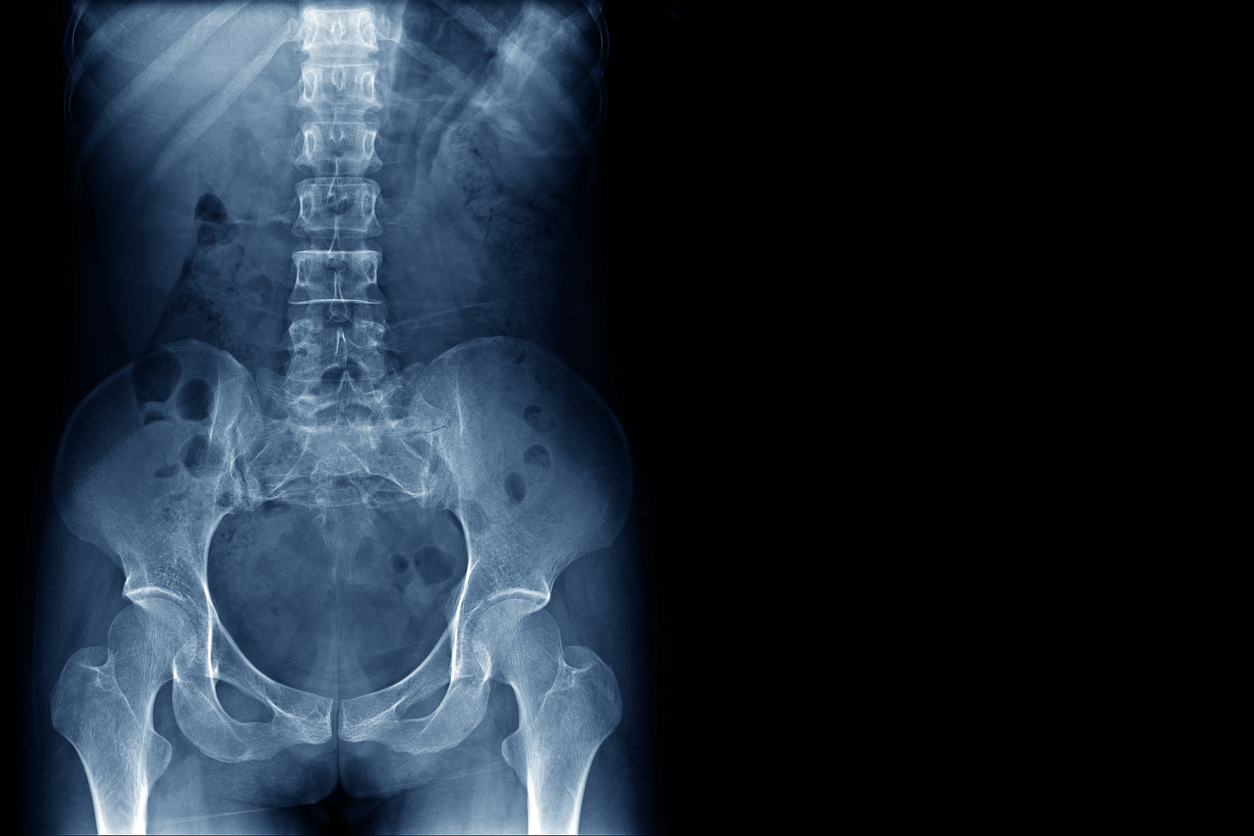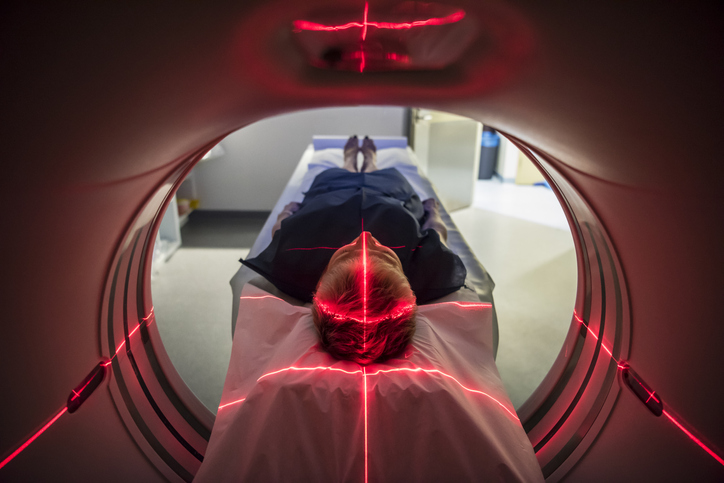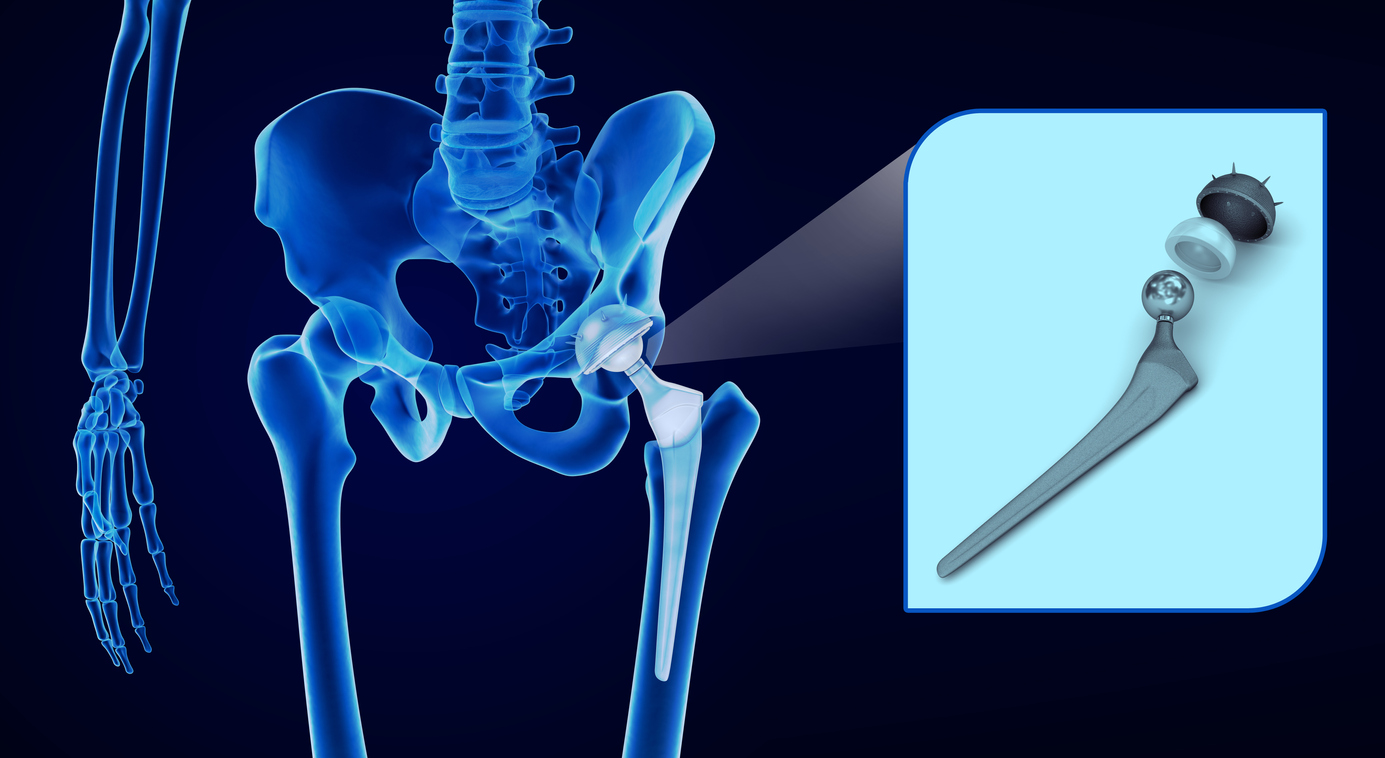Treatments
What Is Spinal Decompression Surgery?

8 people found this helpful
Print
Share
Save
Spinal decompression surgery is an umbrella term for surgical procedures that reduce pressure on the spinal cord and/or spinal nerves. The purpose of spinal decompression surgery is to relieve or reduce back or neck pain and/or weakness or numbness in the extremities caused by pressure on the spine. Spinal decompression surgery may involve:
- shaving bone to allow room for spinal nerves.
- removing an intervertebral disc and fusing two vertebrae together.
- scooping out part of a disc pushing on a nerve.
A number of spinal conditions can be treated with spinal decompression surgery including, but not limited to, the following:
- Spinal stenosis
- Symptomatic degenerative disc disease
- Herniated discs or bulging discs
- Sciatica
- Pinched nerves
Spinal decompression procedures
- Laminectomy involves the removal of the lamina (roof or back part) of one or more vertebrae to create more space for spinal nerves. In severe cases, parts of the joints between vertebrae may also be removed.
- Laminotomy is similar to laminectomy, but only a portion of the lamina is removed. Typically, a small hole is drilled into the lamina to increase space in the spinal canal and relieve pressure in one particular location.
- Foraminotomy, or foraminectomy, involves removal of part of the affected intervertebral foramen (the bony openings between the vertebrae through which nerves leave the spine and extend to other parts of the body). Bone spurs and parts of the affected disc or other soft tissues that compress the nerves may also be removed. This procedure is less invasive than a laminectomy.
- Osteophyte removal involves the removal of bone spurs (osteophytes), which are bone growths that can develop with age. Bone spur removal may occur as a part of another procedure.
- Discectomy involves the removal of the damaged or abnormal part of an intervertebral disc to relieve pressure on the nerves.
- Corpectomy or vertebrectomy involves the complete removal of a vertebra. This procedure may be recommended if spinal stenosis is present at multiple levels of the spine, extensive spinal degeneration has occurred, or if a fracture is involved. A spinal fusion (joining of two segments of the spine for stabilization and to prevent movement) may also be performed.
















